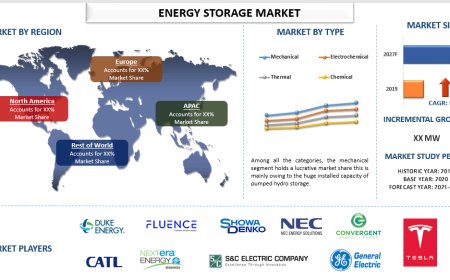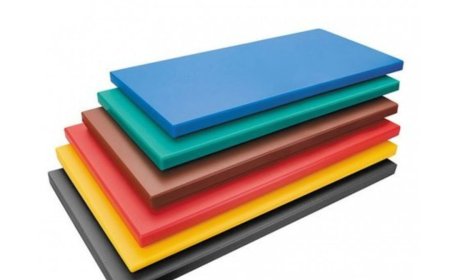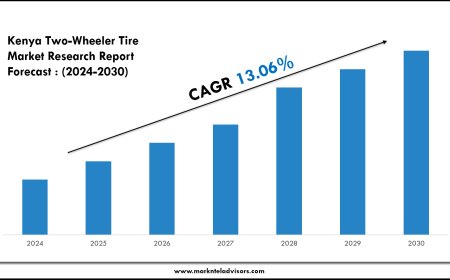Optimizing Performance with Advanced Piston Crown Engineering
The piston crown is key to engine performance, handling extreme heat and pressure. Learn its role, materials, issues, and maintenance tips.
In the world of marine and industrial engines, each component plays a vital role in ensuring optimal performance and efficiency. One such crucial part is the piston crown. Often overlooked, the piston crown is responsible for enduring extreme temperatures and pressures within the combustion chamber. In this blog, well explore what a piston crown is, its function, materials used, and common issues associated with it.
What is a Piston Crown?
The piston crown is the top part of a piston in a diesel or gas engine. It is the surface that comes directly in contact with the combustion gases. In marine engines, where the operating conditions are intense, the design and quality of the piston crown are crucial for engine longevity and performance.
Functions of the Piston Crown:
-
Withstands Combustion Pressure:
The piston crown is exposed to extremely high pressure during the combustion cycle. It must be strong enough to endure repeated stress without deforming. -
Heat Absorption and Transfer:
It absorbs heat generated during combustion and transfers it to the cooling system through the piston body and cylinder liner. -
Sealing the Combustion Chamber:
Along with piston rings, it helps to create a seal in the combustion chamber, preventing gas leakage and maintaining compression. -
Shape Influences Combustion:
The design of the piston crown (bowl shape, flat, or toroidal) can significantly impact combustion efficiency, emissions, and fuel economy.
Materials Used in Piston Crowns:
To endure the harsh environment inside the combustion chamber, piston crowns are usually made from:
-
Forged Steel: For heavy-duty marine engines. Offers high strength and thermal resistance.
-
Aluminum Alloys: Common in automotive engines due to lightweight, but less used in marine due to lower durability.
-
Composite or Two-Piece Pistons: A steel crown with an aluminum or forged steel skirt for better efficiency and cooling.
Common Problems with Piston Crowns:
-
Thermal Cracking:
Caused by extreme heat and rapid temperature changes. It can lead to failure if not detected early. -
Corrosion:
Especially in engines using low-quality fuel, the crown can corrode due to sulfur and acidic components. -
Wear and Pitting:
Continuous exposure to combustion gases can cause erosion or pitting on the crown surface. -
Carbon Deposits:
Poor combustion or oil leakage can cause carbon buildup, affecting performance and increasing emissions.
Maintenance and Inspection:
Regular inspection of the piston crown is essential in marine engines, especially during overhauls. Key checks include:
-
Surface cracks or burns
-
Deformation or pitting
-
Carbon deposits
-
Ring groove wear
Conclusion:
The piston crown is a small component with a massive responsibility. Its health directly affects the performance, efficiency, and lifespan of marine engines. Investing in high-quality parts and ensuring regular maintenance is key to avoiding costly breakdowns and maintaining operational excellence at sea.









































